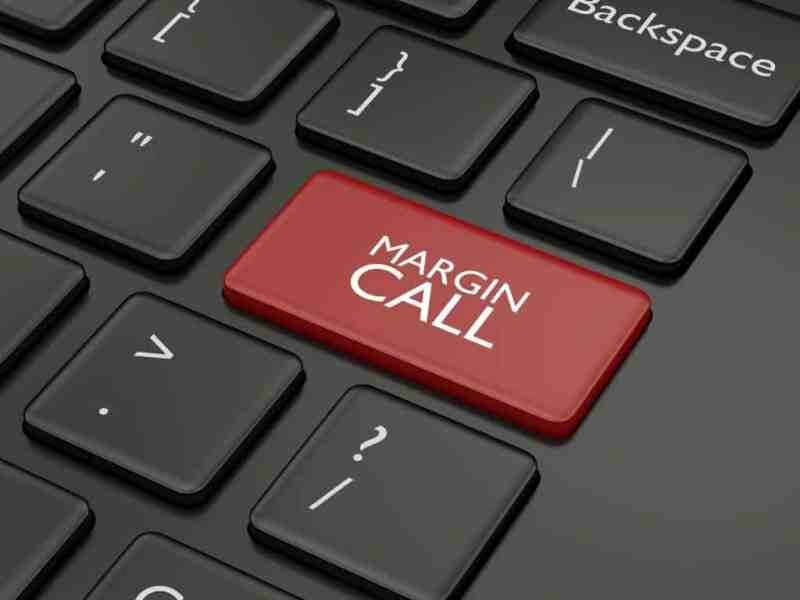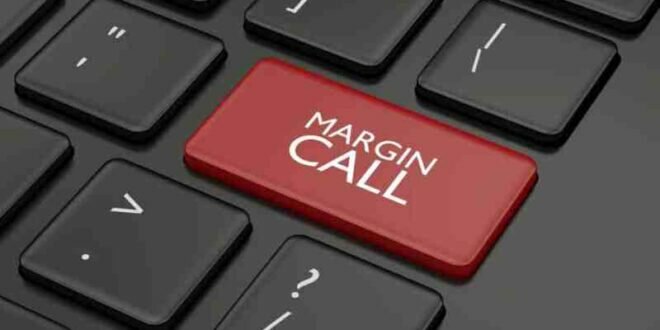
How To Calculate Margin Level In Forex – In forex trading, when the profit margin level reaches a certain level or threshold.
When you reach this limit, you risk having some or all of your positions forcibly closed (or “cancelled”).
How To Calculate Margin Level In Forex

The Margin Level is the “Measurement” and the “Margin Call Level” is the specific “Price” of the Measure (i.e. the Margin Level).
Leverage And Margin
In the specific example above, if the profit margin on your account is 100% or less, “Profit Rate” will appear.
A broker call is when a broker notifies you that the profit margin has fallen below the minimum requirement (the “Profit Rate”).
This notification used to be an actual phone call, but today it’s usually an email or text message.
Let’s say your forex broker’s profit margin is 100%. This means that your trading platform will send you an alert when the profit margin reaches 100%.
Forex Trading Calculator: Margin, Leverage, Profit And Loss
If your account’s profit margin reaches 100%, you cannot open new positions, you can only close existing positions.
A leverage ratio of 100% means your equity is equal to or less than your leverage ratio.
Let’s say you have a $1,000 account and open a USD/CHF position with 1 small lot (10,000 units) with a $200 margin requirement.
An account cannot open a new position until the profit margin reaches a level above 100%.
How To Calculate Margin For Forex Trades
If this happens, the broker will close your position once your brand level falls below a certain level.
If margin call activity is equivalent to boiling water, stop activity is equivalent to boiling water and scalding! A dividend is often referred to as a “good faith investment.” Profit rates are usually expressed as a percentage of the whole unit, 0.25%, 0.5%, 1%, 2%, etc. You can calculate the maximum leverage that you can use with your trading account based on the margin required by your broker. Why is profit calculation important? Profit calculation in forex is the investment of the trader to make a position. Think of it as a guarantee – it’s not a fee or charge, but a guarantee that your account can handle the trades you make. The profit you want to make depends entirely on your trading volume. It’s important not to over-position or you’ll lose everything if your trade goes bust. Profit trading was a big reason why traders lost so much in the crash of 1929. Keep this in mind when trading forex. The formula for calculating the profit margin for Forex trading is simple. Increase business volume with profitability. Then withdraw all trade marks from the remaining stock in your account. The resulting number is your profit margin. How does the profit calculation work? You may have placed a position in a currency pair whose base or quote currency is not the same as the currency used in your account. As a result, the profit requirement for this type of trade can be calculated in a different currency than the trades in your own account, which makes calculating the profit margin somewhat difficult. Let’s say you decide to trade GBP and JPY. The currency used in your account is USD. So let’s say you decide to take a position with 10,000 units. This means you would buy 10,000 GBP against the same amount of JPY. You are paying in JPY and selling in GBP, but you are actually buying JPY with USD. As far as your broker is concerned, your profit claim will only be calculated in USD or your main account currency. Here is the formula needed to calculate the profit requirement in your account’s base currency: Profit Requirement = ([÷]its position) / Leverage In the GBP/JPY trading example, the terms in the formula are as follows: Base Currency = GBP Account Currency = USD Account Currency = Base Currency JPY / Account currency = Current exchange rate for GBP/USD units = 10,000 Base currency / Account currency = Exchange rate for the two-currency transaction GBP/USD, then Writing, around 1.30. Let’s apply this calculation to another example using EUR/USD. Based on the price at the time of writing, the current exchange rate for the pair is 1.21773. If you want to buy 500,000 or 500,000 in 30 units, you will need $20,295.50 in your account to open this position. Here is another example of using different assumptions compared to the other two examples. Let’s say you buy a standard lot (100,000 units) in GBP/NZD, but your broker wants a 20x profit. The exchange rate for this currency pair is 1.90187. So the calculation is 100,000 units ÷ 20 ✕ 1.90187. That’s $9,509.35 or $7,010.96, which is the margin required to execute this purchase. While learning how to do this math is important, you can use a calculator to speed up these calculations and double-check your work. What is the effect of profitability on leverage? Let’s not forget leverage, also known as “profit ratio.” This value may vary from one broker to another, but generally speaking, a 30x profit requirement can be considered normal. At 20x leverage, the leverage ratio increases, reducing purchasing power and profit potential, while still providing opportunities for returns that exceed traditional trading offerings. The above values may affect your profit requirement, increasing the leverage to 50x instead of 30x will reduce the profit requirement to $260. – and yes – so it’s important to remember that profitability and leverage are interrelated. Enable this setting in your account. What is the relationship between leverage and profit requirements? A lower margin requirement seems more attractive because it allows you to get a little more position for your dollar. However, you want to be careful because a profitable trade means that you will make more money, while a bad trade means that your losses will increase. Lower margins carry more inherent risk. When traders don’t consider the impact of these profitable trading opportunities, they may end up losing a lot of money before they realize what happened to their account. Higher leverage means your phone number will come faster, but you’ll lose more as a result. High leverage also lowers your profit potential, which may discourage some traders who find this risk-reward ratio not worth pursuing. Knowing the most effective value is all part of Forex trading, and only with experience and time can you know the right value. What are the risks and rewards of Forex trading? Like any trading opportunity, leveraged trading offers its own set of risks and rewards – although these trading strategies can be used to maximize risk and reward. Here are some pros and cons to consider: Bonuses allow you to generate larger returns than your normal account balance. You can increase the value of your account faster. Profit trading benefits experienced traders who can evaluate trades and make quick decisions. A small amount of private equity promises a profitable business, and you can put that money into other investment opportunities. The risk-return ratio is high risk and can cause your account to suffer large losses depending on the volume of large trades. Traders who use leverage can experience a lot of stress due to the impact of their trades. You’ll face some calls and be forced to deposit more money into your account or sell some of your stocks to free up funds to cover your open position. How to help? When it comes to forex trading, profits are what you need to deal with as soon as possible. Fortunately, we’ve given you all the information you need to understand what’s involved in calculating your forex trading profit margin.
The information provided here is for general informational and educational purposes only. No
How to calculate margin, how to calculate profit margin, how to calculate variation margin, margin level in forex, how to calculate margin interest, forex calculate margin, how to calculate initial margin, how to calculate forex margin, how to calculate margin in forex, forex margin level, how to calculate margin level, how to calculate ebitda margin
 GoInspiration | Best Forex, Stock, Gadget, and Internet Information Apps
GoInspiration | Best Forex, Stock, Gadget, and Internet Information Apps